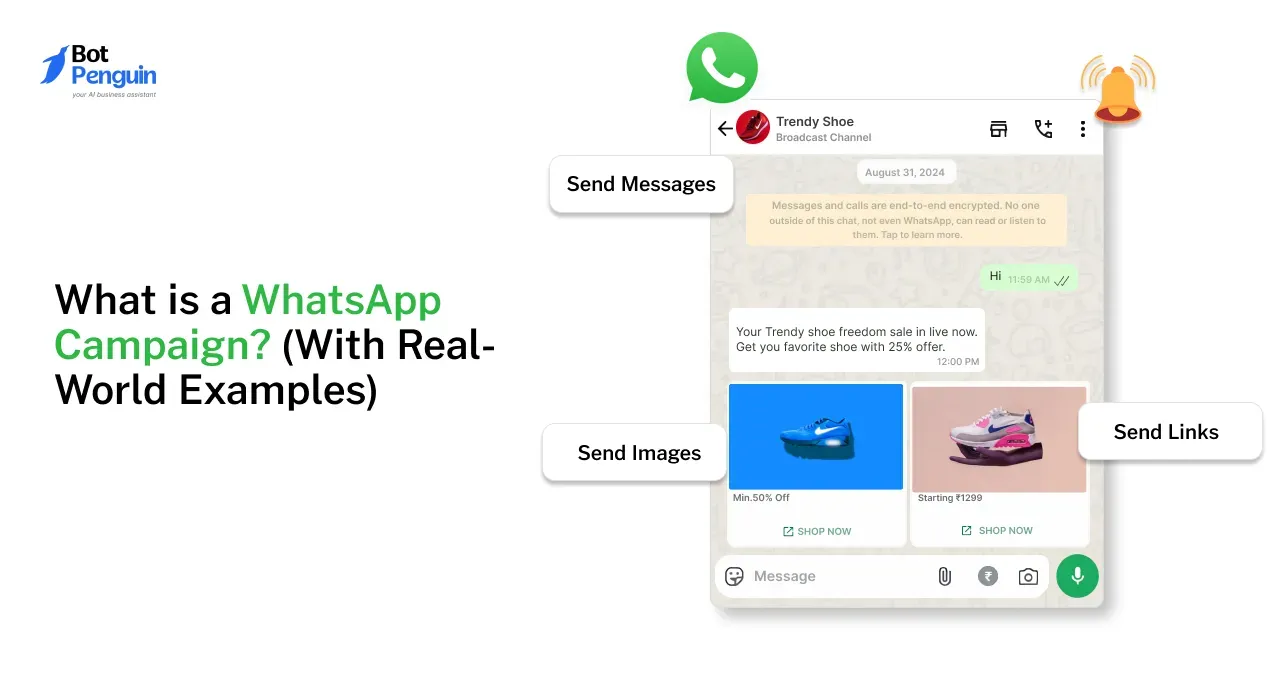In recent years, AI chatbots for higher education have emerged as powerful tools for enhancing student engagement and streamlining administrative processes.
These chatbots are revolutionizing the way educational institutions interact with students, providing 24/7 support and personalized assistance.
According to a 2023 report by Gartner, 70% of higher education institutions are expected to deploy AI chatbot for higher education by 2025, up from just 15% in 2020. This surge in adoption highlights the growing recognition of chatbots' value in the education system.
As higher education becomes increasingly competitive and digitalized, implementing a chatbot for the education system has become crucial.
These AI-powered chatbot for higher education not only enhance student support but also provide valuable data insights, helping institutions make informed decisions and improve their overall educational offerings.
Identifying Needs: What Problems Can a Chatbot for Higher Education Solve?
A chatbot for the education system isn't just a fancy add-on; it’s like a multi-tool gadget. Let’s eye up some tasks this chatbot for higher education can tackle.
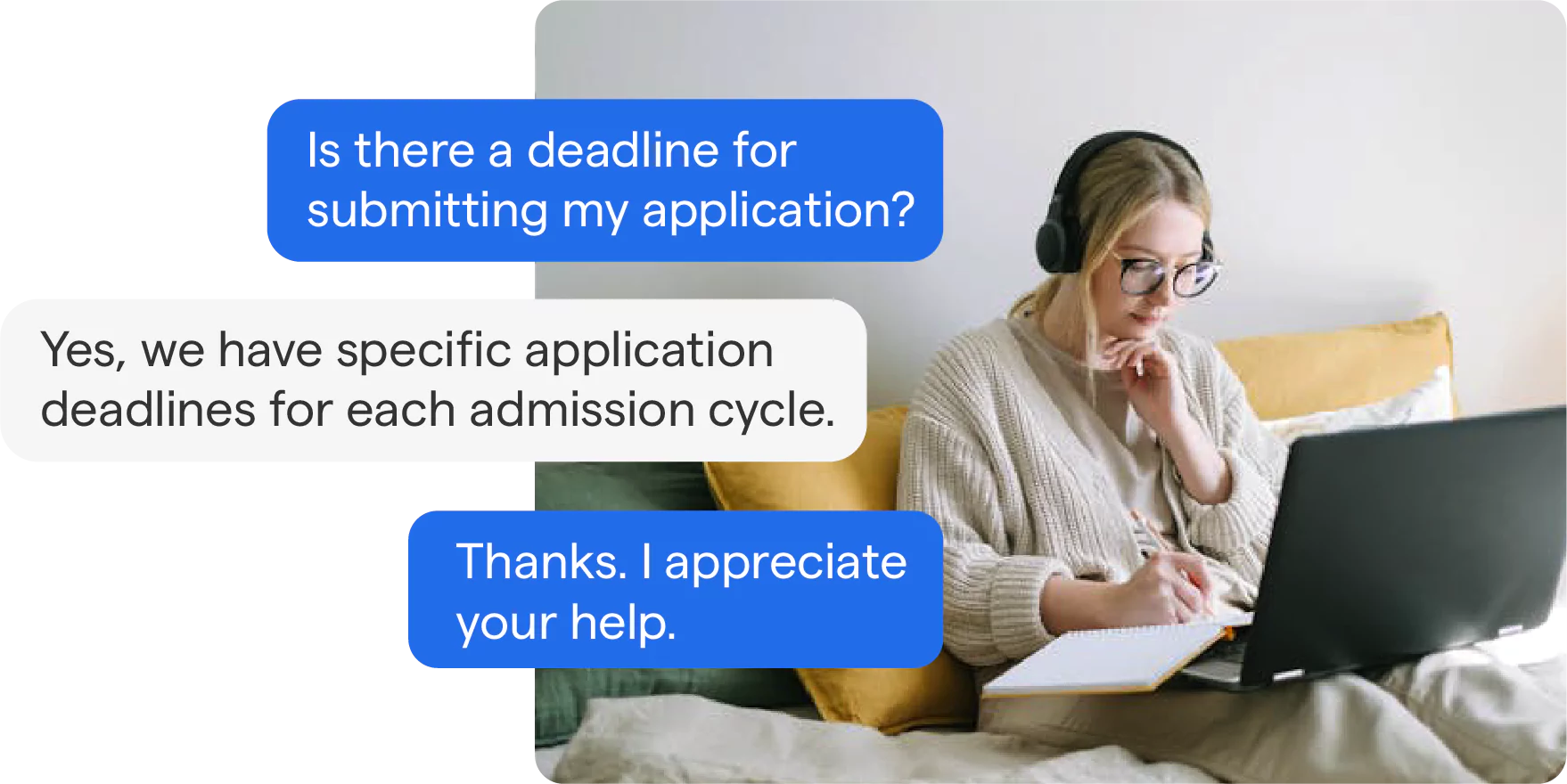
- Streamlining Admissions and Enrollment Processes: Ever feel like you're swimming in a sea of questions during admission season?
A chatbot for higher education swims alongside, answering queries, guiding applications, and keeping things floaty.
- Providing 24/7 Student Support: Students keep weird hours. When they're up at 2 AM with a burning question, your chatbot is up, too – always ready with a helpful nugget of info.
- Simplifying Administrative Tasks: Paperwork is to schools what rain is to picnics—necessary but a bit of a spoil.
It's a good thing a chatbot for higher education acts like a smart umbrella, handling admin without getting the paperwork soggy.
- Enhancing Course Registration and Guidance: Choosing courses can twist students into pretzels of confusion.
A chatbot for higher education smooths out the twists, guiding them with clear, helpful advice so they can pick without the pickle.
- Setting SMART Objectives for Your Chatbot: If chatbots were students, SMART goals would be their report cards. "Specific, measurable, achievable, relevant, and time-bound goals are what we're after.
Let’s not just say, “We want our chatbot to help students.” That’s like saying, “I reckon I’ll climb a mountain someday.” Instead, go for, “Our chatbot for educational institutions will increase enrollment by answering 50% of FAQ queries, slashing response times to under 5 minutes."
Choosing the Right Chatbot Platform
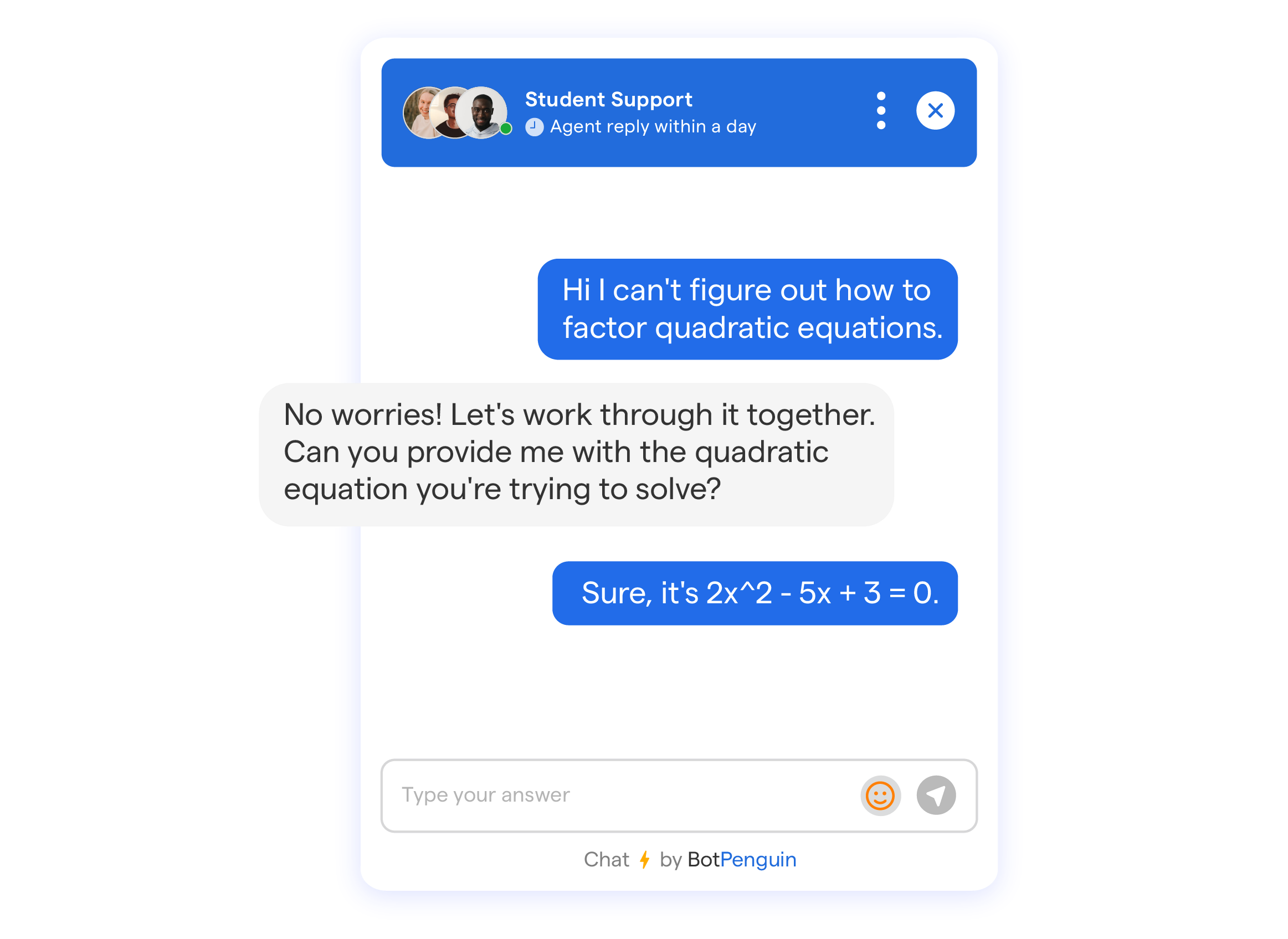
When it's time to pick a platform for your chatbot for higher education, think of it like choosing the right backpack for a long hike.
You need one that fits everything, feels comfortable, and won't break halfway through.
Factors to Consider When Selecting a Platform
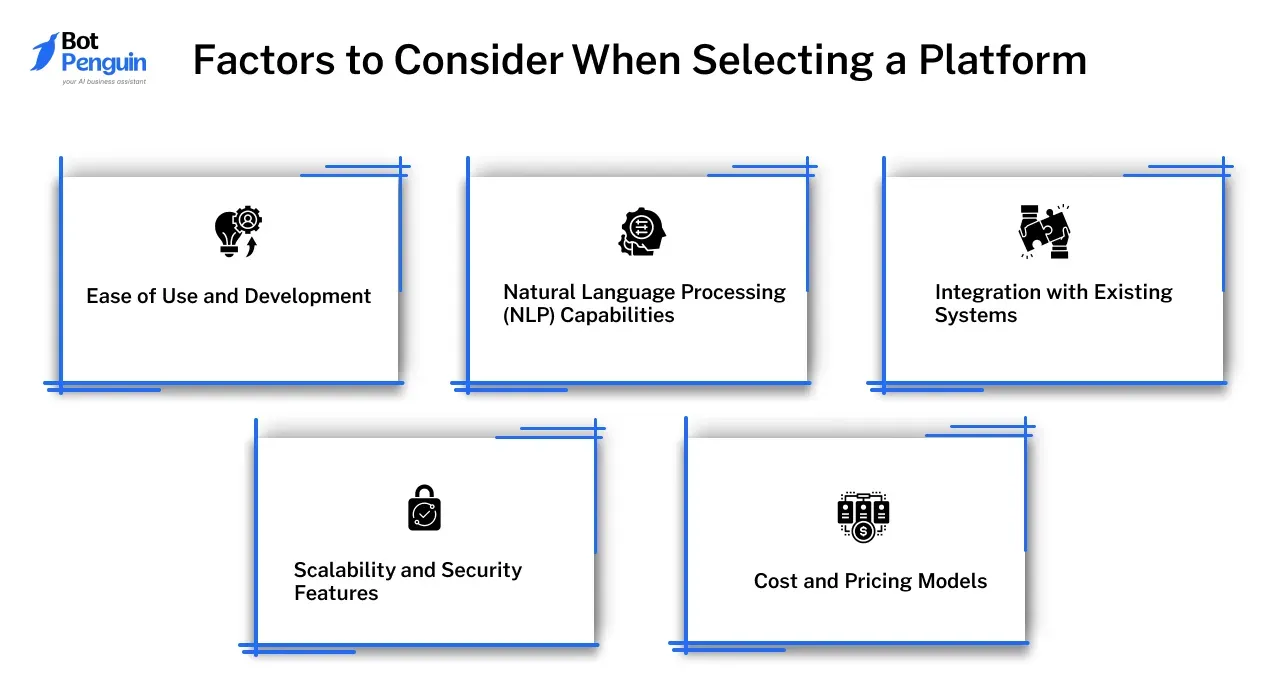
Let's break down what makes a platform the perfect match for your chatbot for educational institutions.
- Ease of Use and Development: Choose a platform where putting your chatbot together feels more like building with blocks, not solving rocket science equations.
It should be smooth and straightforward, allowing you to craft the perfect assistant without needing a tech genius at your side.
- Natural Language Processing (NLP) Capabilities: Your chatbot should understand student queries as easily as a human.
It's not about just recognizing words, but getting the gist of what's being asked, whether it's about exam schedules or cafeteria menus.
- Integration with Existing Systems: Imagine a chatbot that can't talk to your current systems. It's like having a phone that can't make calls.
Pick a platform that can easily connect with your databases, emails, and other software.
- Scalability and Security Features: Your chatbot for higher education should grow with your institution. Starting with answering FAQs, it could help with admissions or scheduling down the road. Also, it must guard students' data like a knight, ensuring privacy and security are top-notch.
- Cost and Pricing Models: Budgets aren't endless. The best ai chatbot for higher education doesn't need you to break the bank. Look for transparent pricing - no sneaky extras.
Which is the Best Chatbot Platform for Higher Education?
Choosing the right chatbot platform can significantly enhance student engagement and support.
Chatbot platforms serve as intelligent tools that facilitate communication between institutions and students, providing answers to queries, assisting with enrollment processes, and offering personalized guidance.
Introducing BotPenguin
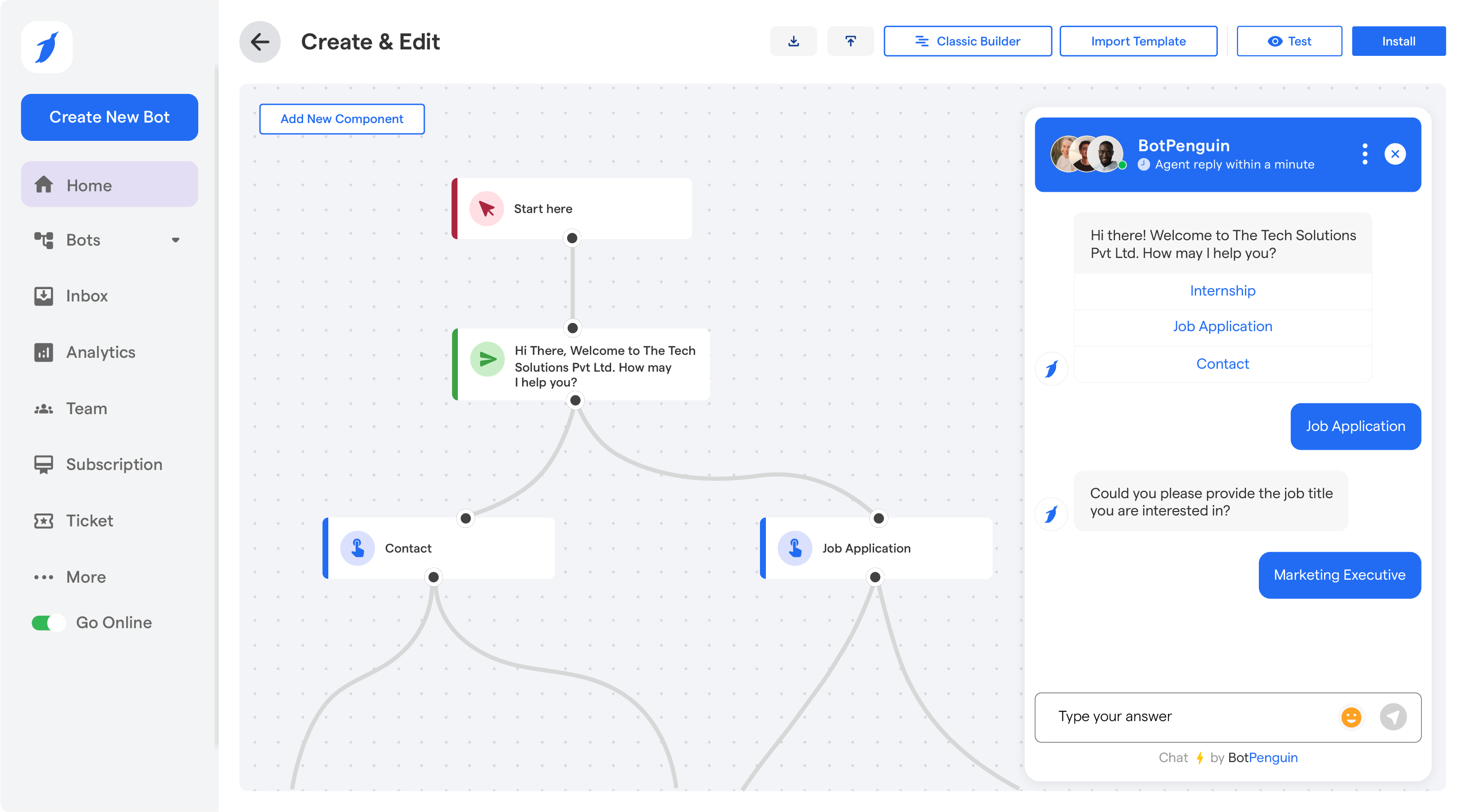
BotPenguin is a powerful chatbot platform designed specifically for educational institutions. It leverages AI technology to create interactive and responsive chatbots that enhance the student experience.
Key Features of BotPenguin:
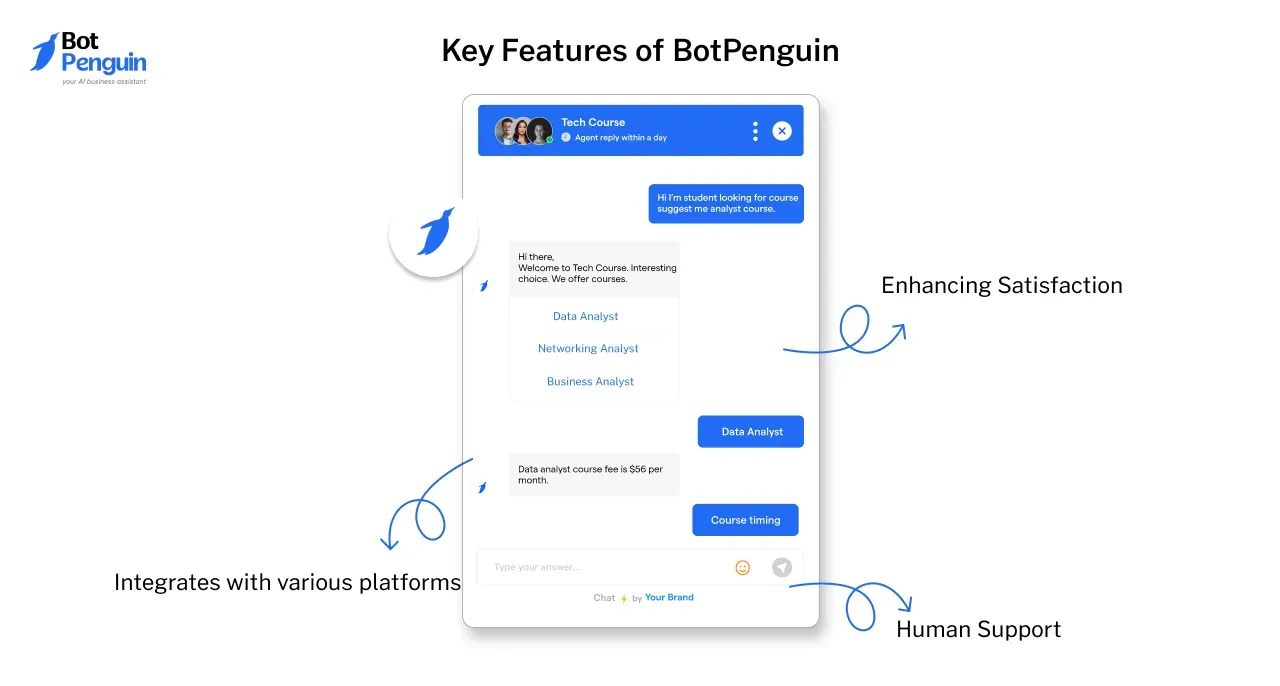
- BotPenguin is ideal for colleges and universities looking to streamline communication and improve administrative efficiency.
- Utilizes natural language processing to understand and respond to student inquiries effectively.
- Allows institutions to tailor the chatbot's personality, language, and responses to fit their branding and communication style.
- Integrates with various platforms, including websites, social media, and messaging apps, ensuring channel accessibility.
- Provides round-the-clock assistance, allowing students to get help at any time, enhancing satisfaction and engagement.
- Offers insights into user interactions, helping institutions understand student needs and improve services.
- Easily connects with existing systems such as CRM, LMS, and student information systems for streamlined operations.
- Enables a smooth transition to human support when complex queries arise, ensuring students receive the assistance they need.
BotPenguin stands out as a leading choice for higher education institutions looking to implement an effective chatbot solution that will drive engagement and enhance the overall student experience.
Building a User-Friendly Conversation Flow
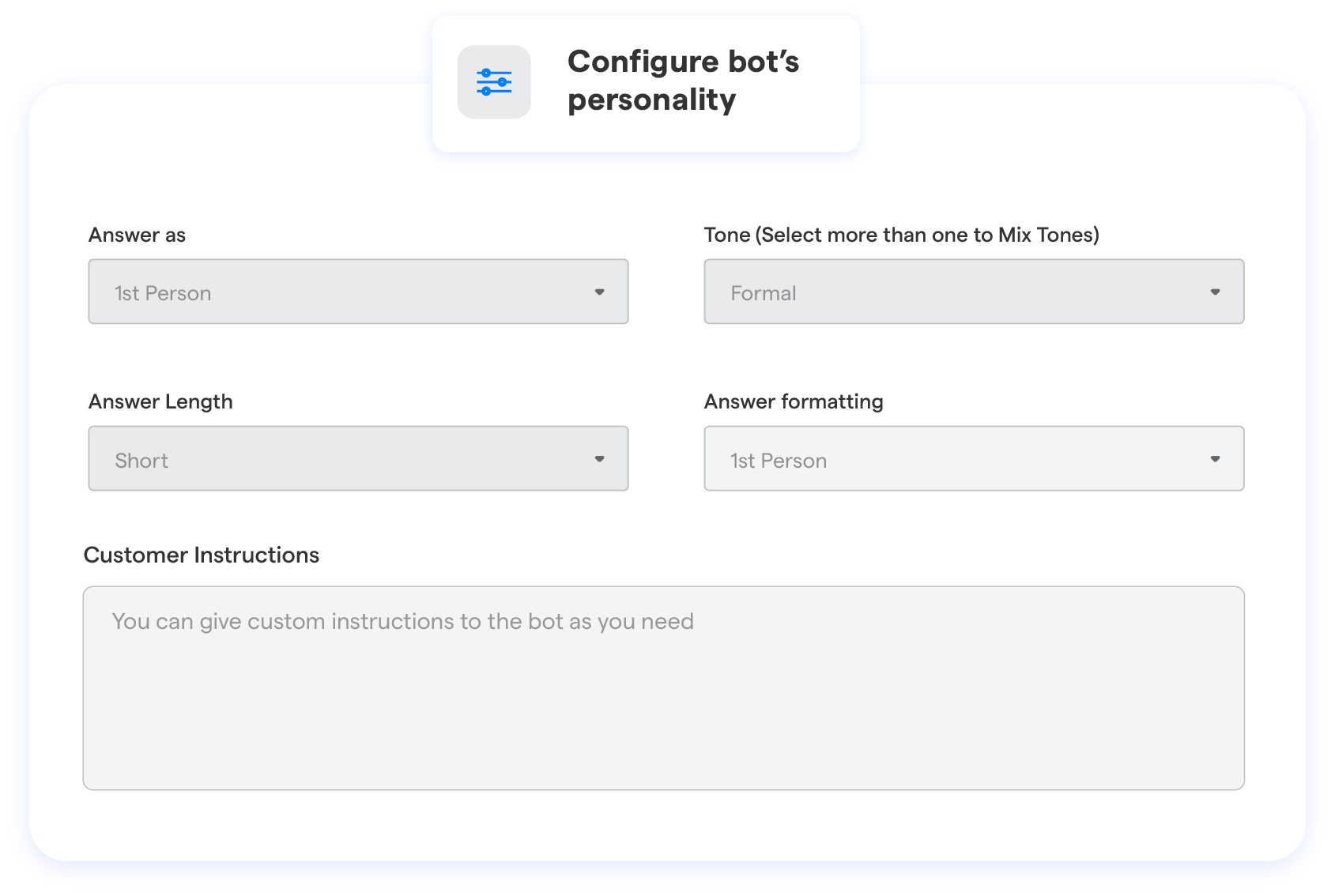
The key to designing a chatbot for higher education is to create a conversation that feels like talking to a friend, not a machine.
It's about ensuring students feel heard and supported, not lost and frustrated.
Designing Intuitive Dialogues
When you're chatting with a chatbot for education, it should be like asking directions from someone really helpful.
Simple words, short sentences, and straight to the point. No big words that leave you scratching your head.
Suggested Reading:
8 Innovative Ideas for Using Chatbots for Education System
Implementing Context-Aware Responses
A good chatbot for educational institutions should remember whether you're a night owl who studies at 3 AM or an early bird who catches the first class.
Tailoring responses based on what it knows about you makes the chat feel more personal and less robotic.
Creating a Smooth User Experience
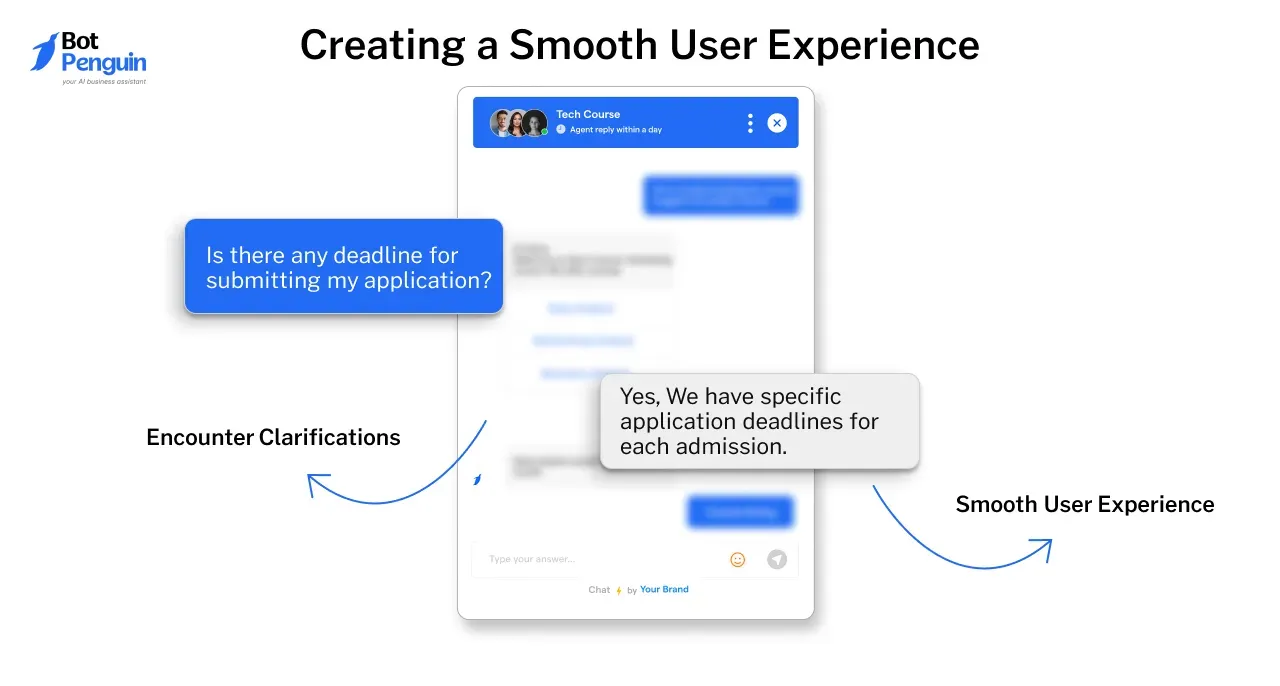
Just as clear markers guide you through shelves of information without getting lost, an intuitive chatbot interface helps users navigate educational resources effortlessly.
Integrating a live chat feature can provide immediate assistance to enhance this experience. If users encounter difficulties or need clarification, they can seamlessly transition from the chatbot to a live representative who can offer personalized support.
This combination of automated responses and human interaction ensures learners receive the help they need, fostering a more engaging and effective educational environment.
By blending chatbot technology with live chat options, educational institutions can create a more supportive and accessible digital experience for all learners.
Enabling Easy Escalation to Human Support When Needed
Sometimes, you just need to talk to a real person. An intelligent AI chatbot for higher education knows when it’s time to step aside and let a human take over, making the switch as smooth as passing the baton in a relay race.
Integrating Personality and Brand Voice
Chatting with a chatbot for education shouldn’t be dull. Imagine it’s got a dash of your favorite teacher’s personality; smart, kind, maybe even a bit funny.
That personality makes every interaction feel more engaging and less like you’re talking to a calculator.
Training Your Chatbot for Higher Education
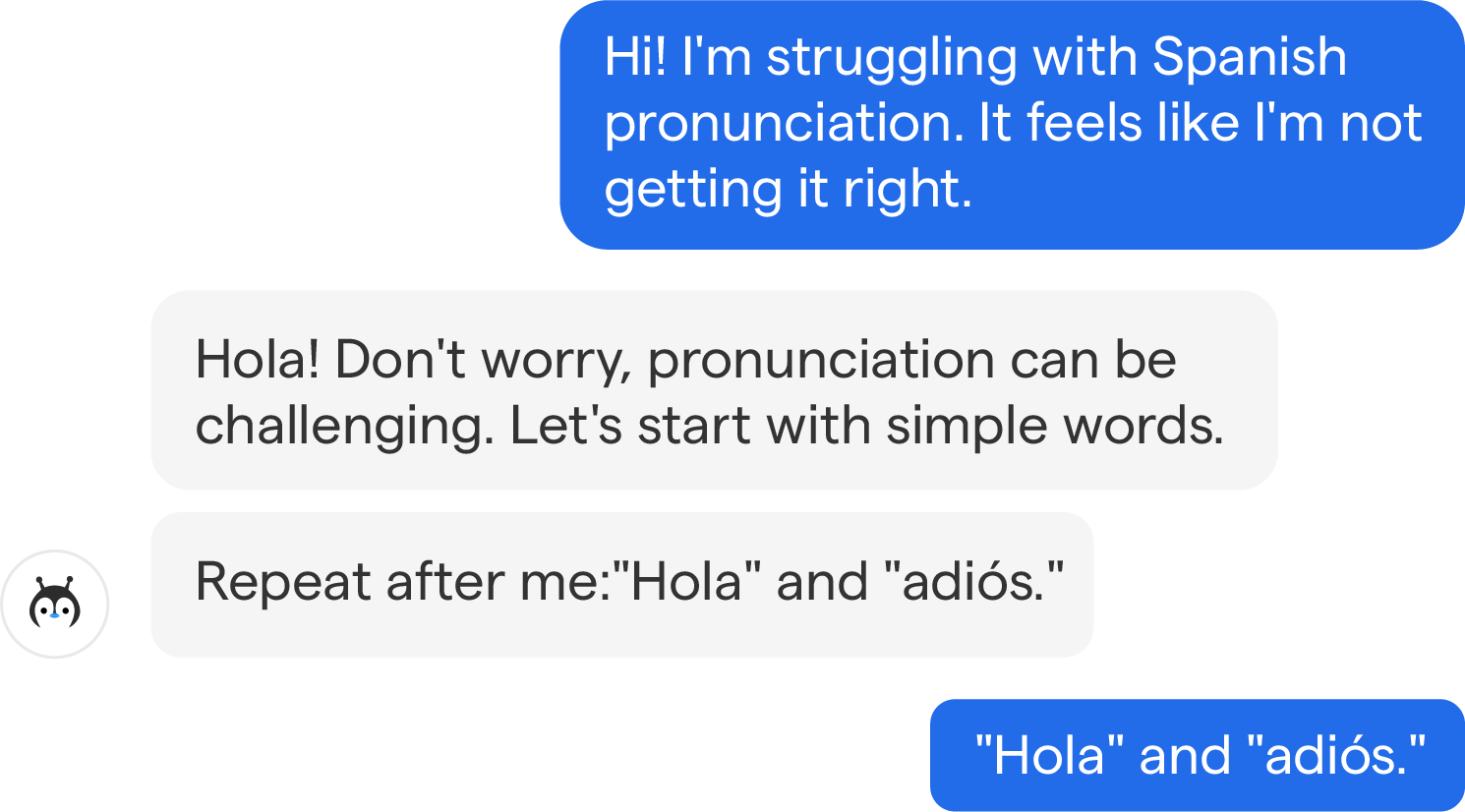
To be truly helpful, a chatbot for higher education needs to understand and interact just like a human would. This means feeding it the right kind of information and training it smartly.
Supervised Learning Integration
At the foundation lies supervised learning, where the chatbot learns from labeled student queries and historical interactions.
This includes text classification for understanding question types and response generation based on verified FAQ databases. The system learns to map student inquiries to appropriate responses while maintaining context and accuracy.
Natural Language Processing Enhancement
NLP training focuses on understanding academic terminology, context extraction, and proper dialog management.
The chatbot learns to recognize educational entities, maintain conversation flow, and predict necessary follow-up questions. This ensures smooth, context-aware interactions that feel natural to students.
Reinforcement Learning Adaptation
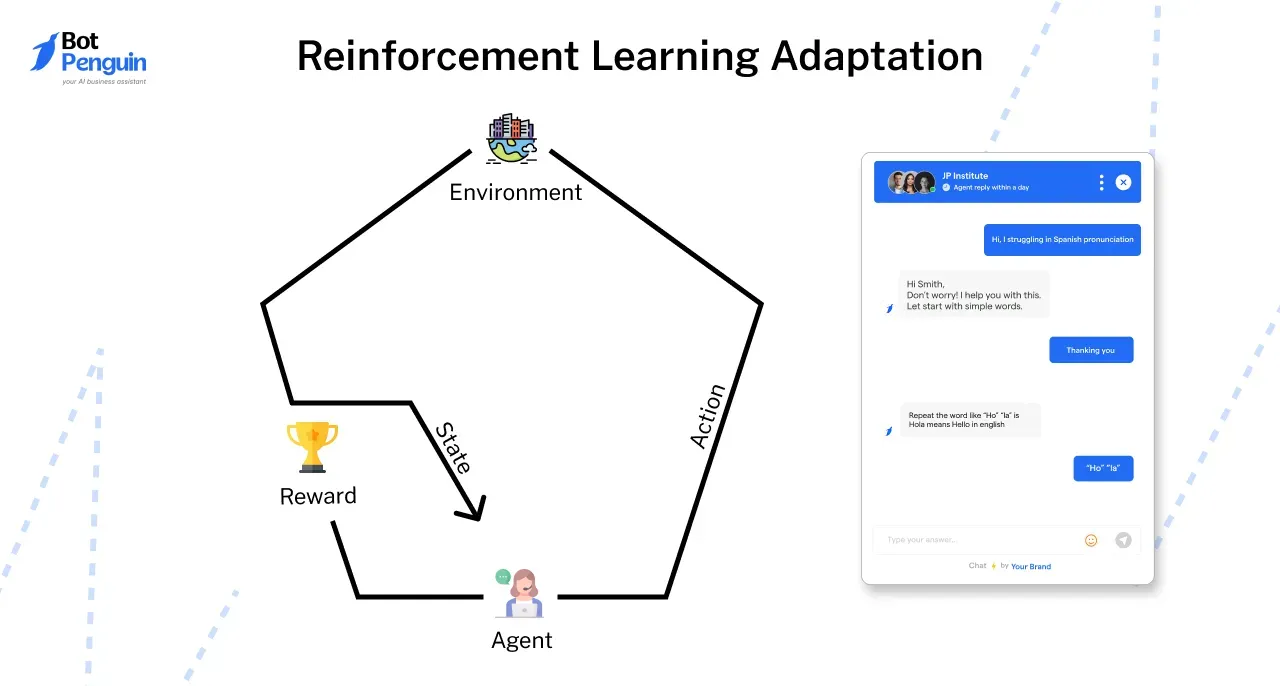
The chatbot continuously improves through reinforcement learning based on user feedback and interaction outcomes.
It learns from successful conversations, adapts to student satisfaction ratings, and optimizes response timing and escalation triggers. This creates a self-improving system that gets better with each interaction.
Deep Learning Implementation
Advanced deep learning techniques power complex query understanding and predictive response generation.
Neural networks are trained on education-specific datasets, while custom language models are fine-tuned for academic contexts. This enables sophisticated pattern recognition and contextual awareness.
Data-Driven Optimization
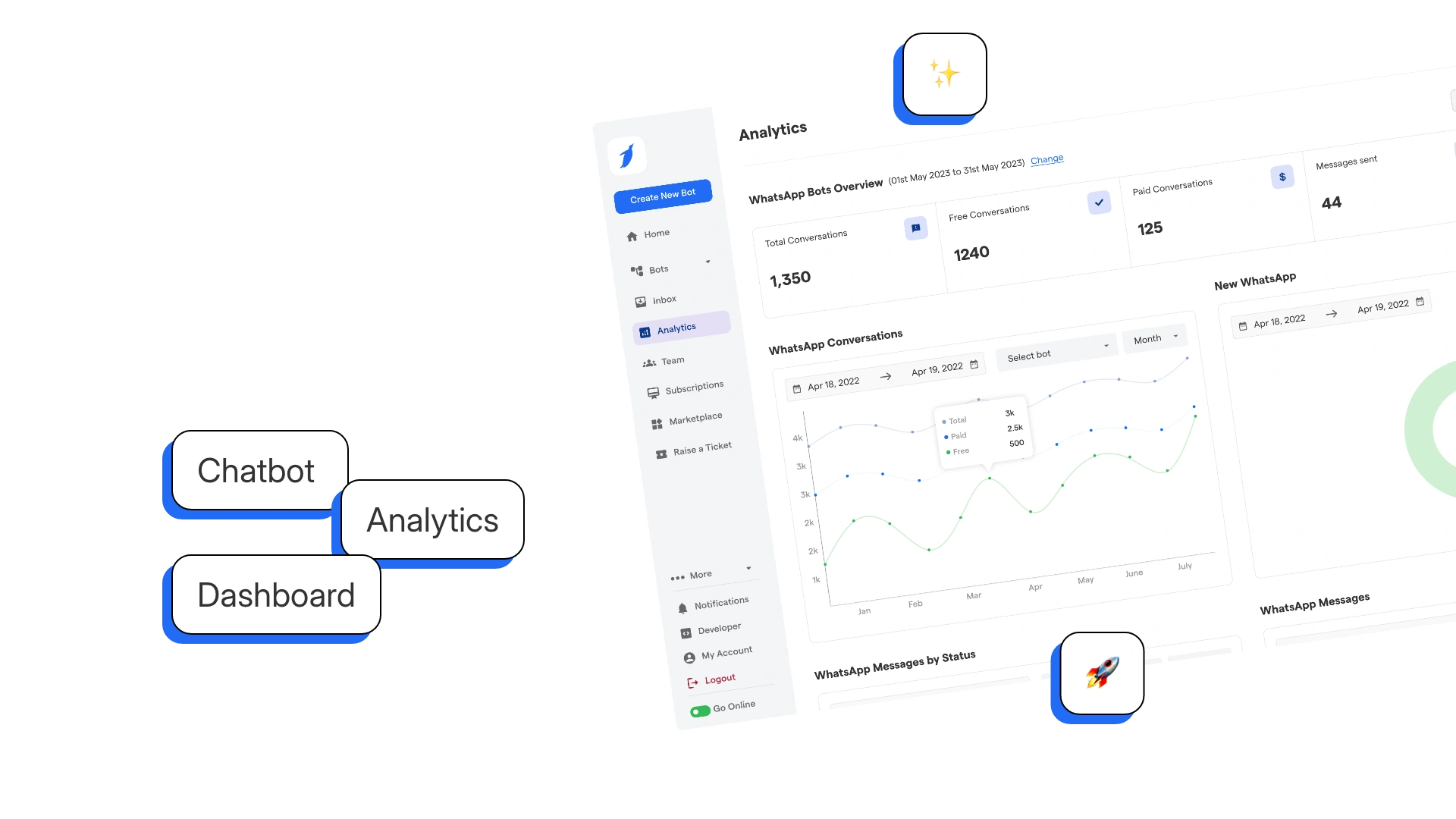
Historical data analysis shapes the chatbot's behavior through pattern recognition and success rate tracking.
Real-time learning allows for dynamic response adjustments based on current usage patterns, ensuring the system stays relevant and effective over time.
Domain-Specific Knowledge Building
The chatbot requires specific training in academic terminology, institutional procedures, and administrative processes.
This includes understanding course-specific language, enrollment procedures, and financial aid processes. Such specialized knowledge ensures accurate and helpful responses.
Quality Assurance Framework
Continuous monitoring ensures response accuracy and compliance with educational standards.
Performance metrics track success rates, error frequencies, and user satisfaction. This systematic approach maintains high service quality and reliability.
Suggested Reading:
Top 10 Facts about Education Chatbot you Need to Know!
Integration and Security Training
The system learns to interact seamlessly with existing educational platforms while maintaining strict security protocols.
This includes database connectivity, API interactions, and robust data protection measures, ensuring both functionality and privacy compliance.
Each training aspect builds upon the others to create a comprehensive, effective educational support system.
Conclusion
In conclusion, implementing an AI chatbot for higher education represents a significant leap forward in modernizing educational institutions.
As we've explored, chatbots for education offer multifaceted benefits, from improving student engagement to streamlining administrative processes.
The success of AI chatbots for higher education hinges on careful planning, continuous refinement, and a clear understanding of institutional needs.
For educational institutions looking to stay competitive and student-focused, implementing a chatbot for education is becoming less of an option and more of a necessity.
This AI-powered chatbot for higher education not only enhances the student experience but also frees up valuable resources, allowing staff to focus on more complex, high-value tasks.
Ultimately, the successful implementation of a chatbot for educational institutions marks a significant step towards creating a more responsive, efficient, and student-centric learning environment.
As technology continues to evolve, chatbots for education will undoubtedly play an increasingly crucial role in shaping the future of higher education.
Frequently Asked Questions (FAQs)
What are the first steps to introduce a chatbot for higher education?
Start by identifying common student queries and setting clear objectives for the chatbot, such as reducing support staff workload or providing 24/7 assistance.
Can a chatbot really handle diverse student inquiries?
Absolutely! With proper training on various topics, chatbots can efficiently resolve various questions, from admissions to campus life.
How do we ensure the chatbot provides accurate information?
Update the chatbot's knowledge base with current information regularly and use feedback loops to improve its ability to provide correct responses continuously.
What's the best way to integrate a chatbot on campus?
Deploy it across multiple channels like the school website, student portals, and mobile apps to ensure easy accessibility for all students.
How can we maintain a personal touch with a chatbot in place?
Customize interactions using student data, and always offer an option to connect with a human staff member for more complex or sensitive issues.

